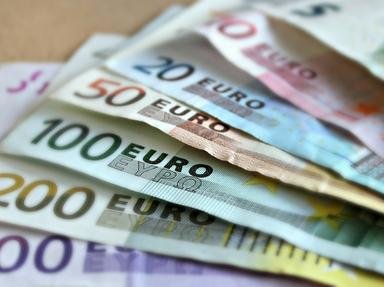Quiz Answer Key and Fun Facts
1. Over the more than fifteen years that the euro exists, quite a few countries have changed their national designs. Only one country has already issued five different design series in that time however - and each of them is among the most collectible euro coins. Which country, technically not a member of the Eurozone but still allowed to issue euro coins, is this?
2. San Marino is a country issuing euro coins which tend to wind up in the hands of collectors far more often than they appear in purses. All eight of its coins feature different designs and, starting with 2017, the entire series was changed, yielding sixteen different images. Which of these designs belongs to the OLD (2002 to 2016) series?
3. Which country's 1, 2 and 5 euro cent coins display an image of the Mnajdra Temple on its obverse side?
4. The common sides of all euro coins show a map of Europe, but only one country's coins also have a map - of the country, of course - on the reverse for all eight denominations. Which country, having joined the euro on January 1, 2011, uses this design?
5. Like San Marino, Monaco is not actually a member of the Eurozone. Its coins show the coat of arms (1 to 5 cent), seal (10 to 50 cent) and current ruler of Monaco (1 and 2 Euro). Which best describes Monaco's authority to issue these coins?
6. The one euro coin from Andorra shows an image of the Casa de la Vall on its obverse side. Why is this building significant in Andorra?
7. The 1, 2, and 5 cent euros of Cyprus show the image of a mouflon on their obverse side. What is a mouflon?
8. The Finnish 1 cent to 50 cent coins all show the heraldic lion of Finland as its national symbol, using the same design. However, the 1 and 2 cent coins are special in what way?
9. Slovenia's use of the Prince's Stone on their two euro cent coin created a controversy with which European country?
10. Apart from the standard coin series issued by each of the currently 23 states minting Euro coins, each country is also entitled to having one or two annual commemorative releases sharing the usual common side (obverse) of the coins. Which condition is imposed on these releases?
Source: Author
WesleyCrusher
This quiz was reviewed by FunTrivia editor
trident before going online.
Any errors found in FunTrivia content are routinely corrected through our feedback system.
